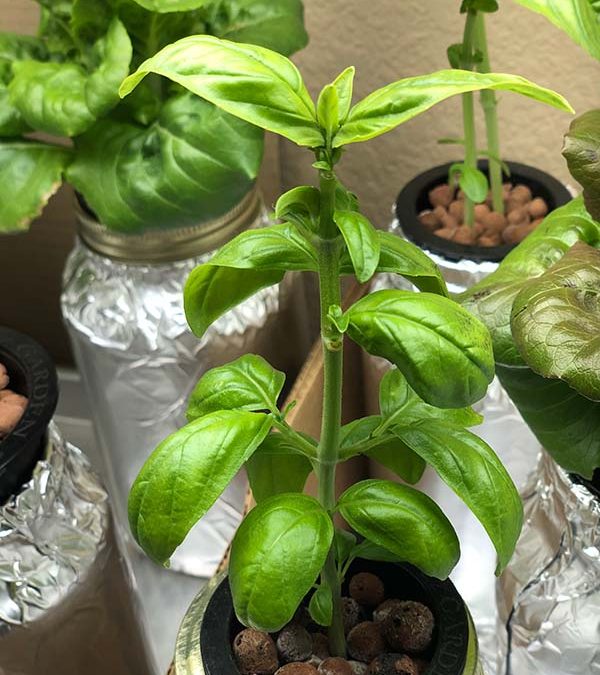Can You Grow Basil Hydroponically?
With the rise of hydroponic gardening, enthusiasts and home gardeners alike are exploring the possibility of cultivating various herbs and vegetables without soil. One popular choice for hydroponic cultivation is basil, a fragrant and versatile herb widely used in culinary dishes around the world. But can you grow basil hydroponically? In short, yes. Let’s explore this question.
Understanding Hydroponic Cultivation
Hydroponics is a method of growing plants without soil, using a nutrient-rich water solution to deliver essential elements directly to the plant’s roots. This technique offers several advantages, including faster growth rates, higher yields, and precise control over growing conditions such as pH and nutrient levels.
Growing Basil Hydroponically
The short answer is yes, basil can be successfully grown hydroponically. In fact, basil is one of the most popular herbs for hydroponic cultivation due to its relatively simple requirements and rapid growth cycle. Here’s how to grow basil hydroponically:
-
Choose the Right Basil Variety: There are numerous varieties of basil available, each with its own unique flavor profile and growth characteristics. Some popular choices for hydroponic cultivation include sweet basil, Genovese basil, Thai basil, and lemon basil.
-
Set Up a Hydroponic System: Select a hydroponic system that suits your space and needs. Options range from simple Kratky setups to more advanced systems like nutrient film technique (NFT) or deep water culture (DWC). Ensure that the system provides adequate support for the basil plants and allows for proper aeration and nutrient circulation.
-
Provide Adequate Lighting: Basil requires ample sunlight or artificial lighting to thrive. If growing indoors, use full-spectrum grow lights to simulate natural sunlight and promote healthy growth. Position the lights at an appropriate distance from the plants to prevent burning or stretching.
-
Maintain Optimal Growing Conditions: Basil prefers warm temperatures (around 70-85°F or 21-29°C) and high humidity levels. Monitor environmental conditions regularly and adjust as needed to ensure optimal growth. Maintain the pH of the nutrient solution between 5.5 and 6.5 to facilitate nutrient uptake.
-
Monitor Nutrient Levels: Regularly check the nutrient levels in the water solution and replenish as necessary to provide essential elements for plant growth. Follow a balanced nutrient regimen designed specifically for hydroponic basil cultivation.
-
Prune and Harvest Regularly: To encourage bushy growth and prolong harvests, prune the basil plants regularly by removing any excess foliage or flowers. Harvest leaves as needed, starting from the top of the plant and working downward.
Benefits of Growing Basil Hydroponically
Growing basil hydroponically offers several advantages over traditional soil-based cultivation:
- Faster Growth: Hydroponic basil typically grows faster than soil-grown basil, thanks to the direct delivery of nutrients to the roots.
- Higher Yields: Hydroponic systems can support more plants in a smaller space, leading to higher yields per square foot compared to traditional gardening methods.
- Controlled Environment: With hydroponics, you have precise control over growing conditions such as temperature, humidity, and nutrient levels, allowing you to optimize plant growth and health.
- Year-Round Harvests: By growing basil indoors using hydroponics, you can enjoy fresh herbs year-round, regardless of outdoor weather conditions.
Conclusion
In conclusion, basil can indeed be grown hydroponically with great success. By providing the right growing conditions, nutrient solution, and care, you can enjoy a bountiful harvest of fresh basil leaves for use in culinary dishes, teas, and other applications. Whether you’re a seasoned gardener or a beginner, hydroponic basil cultivation offers a rewarding and enjoyable experience.


Recent Comments